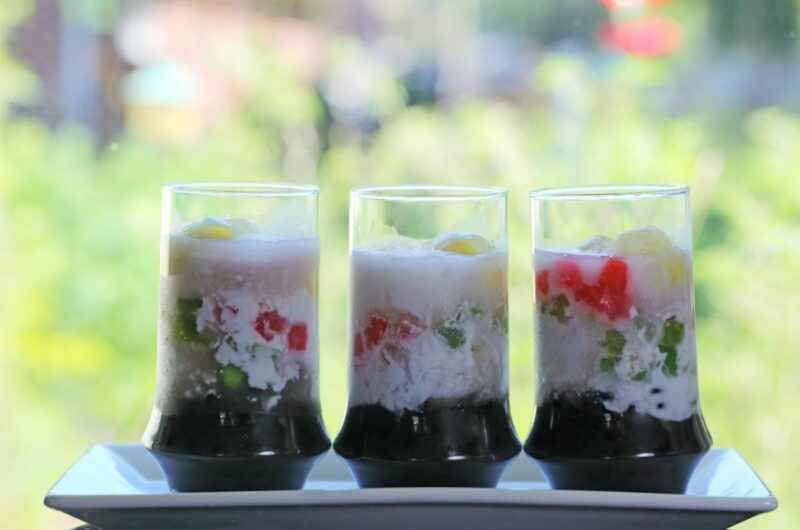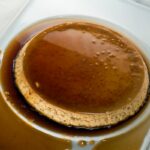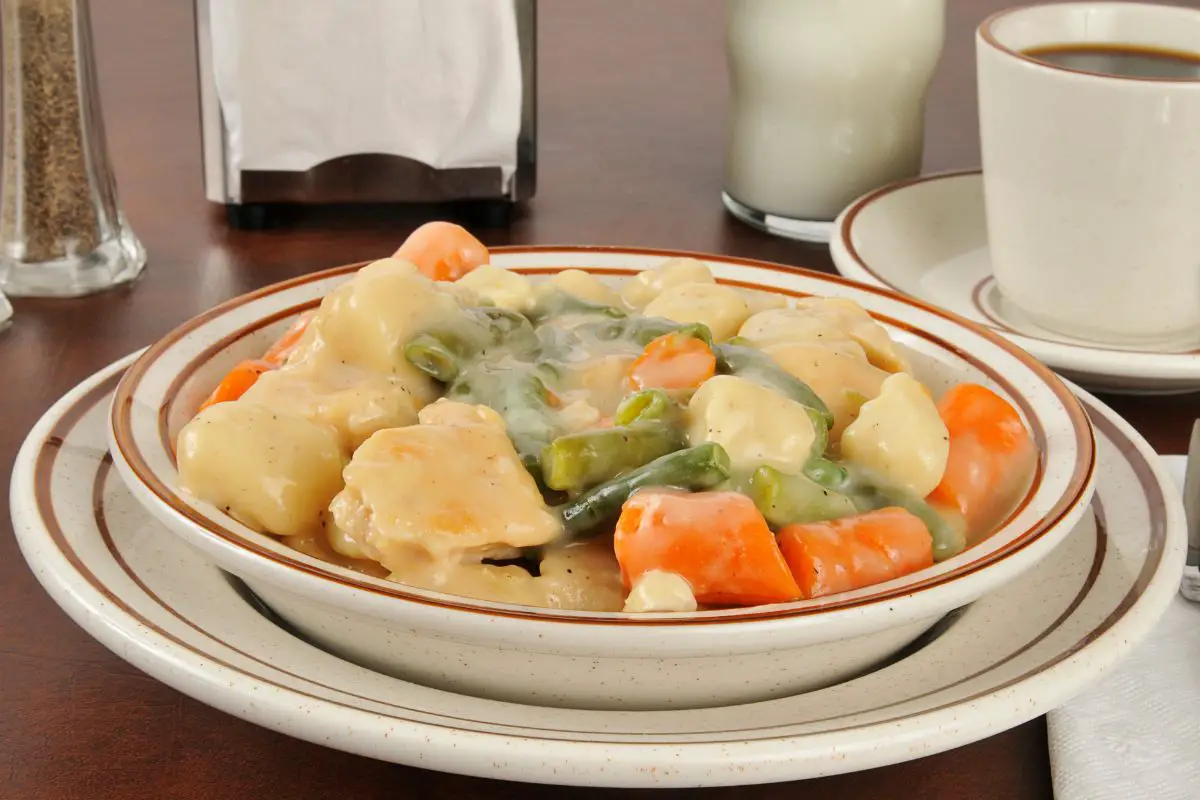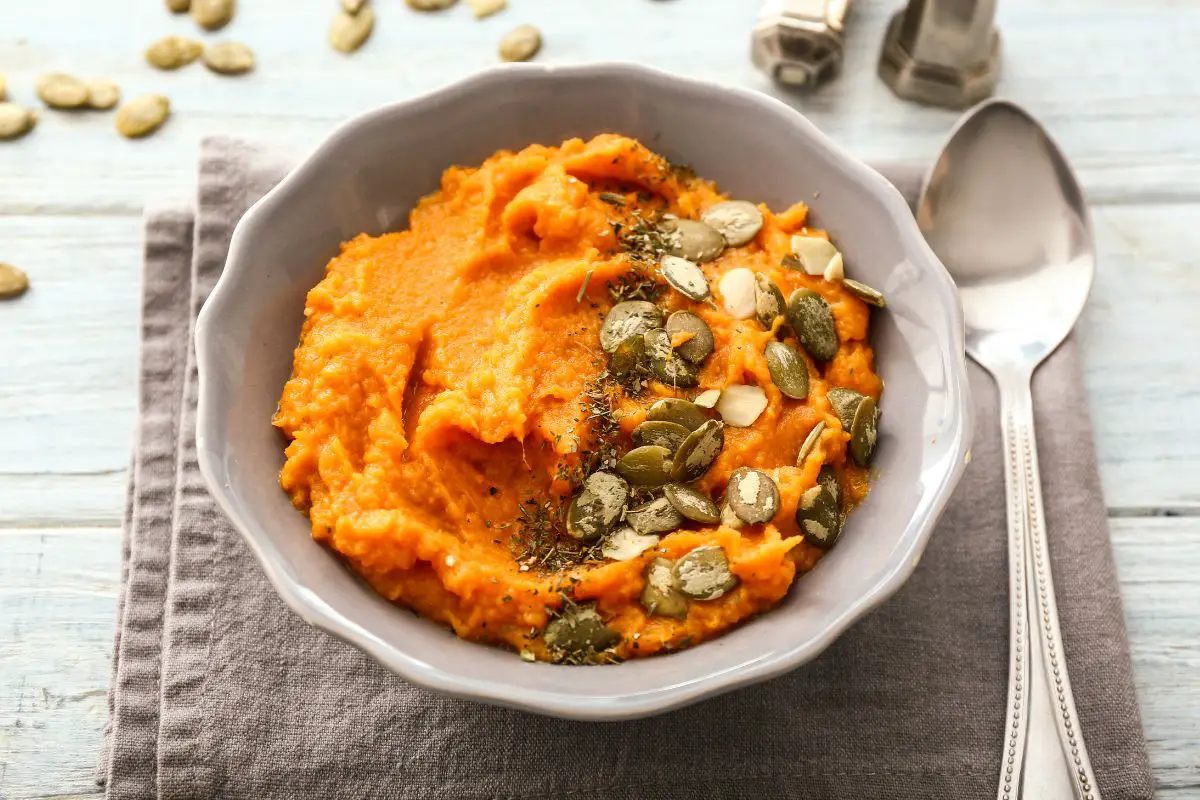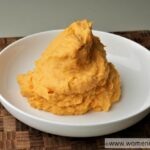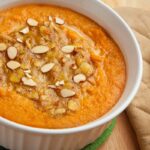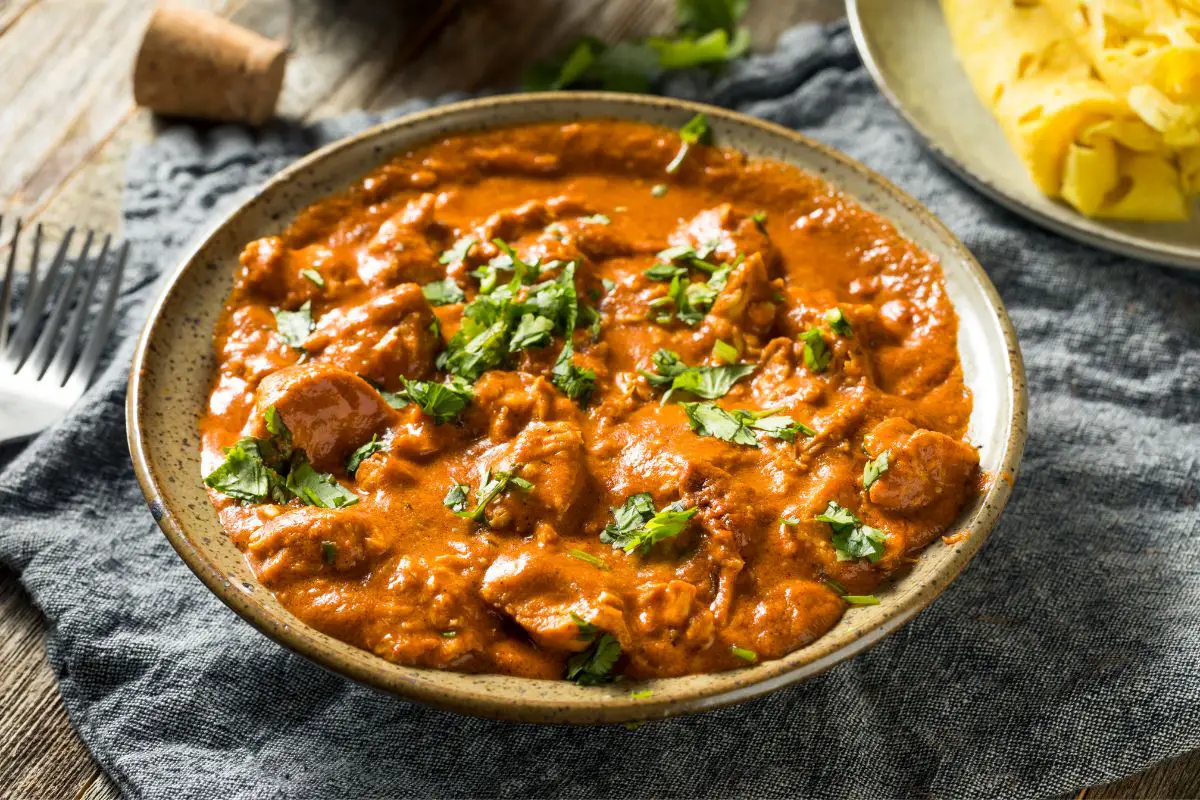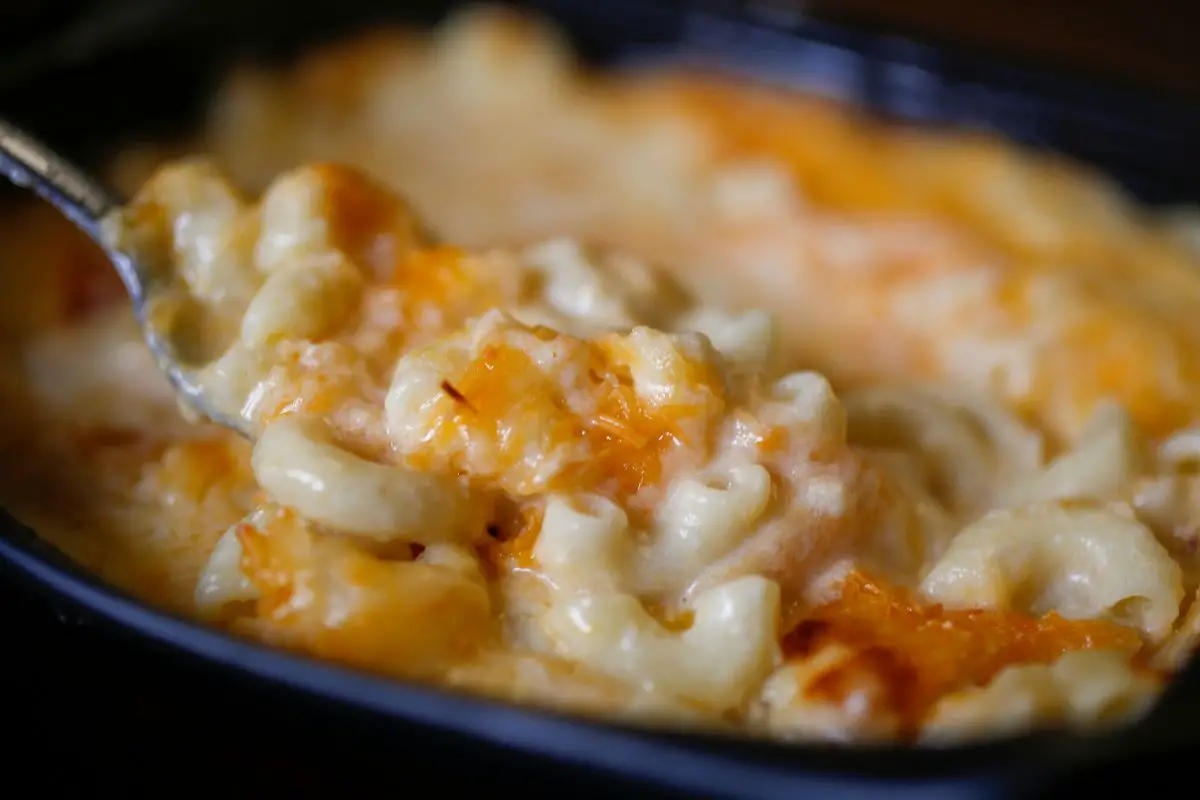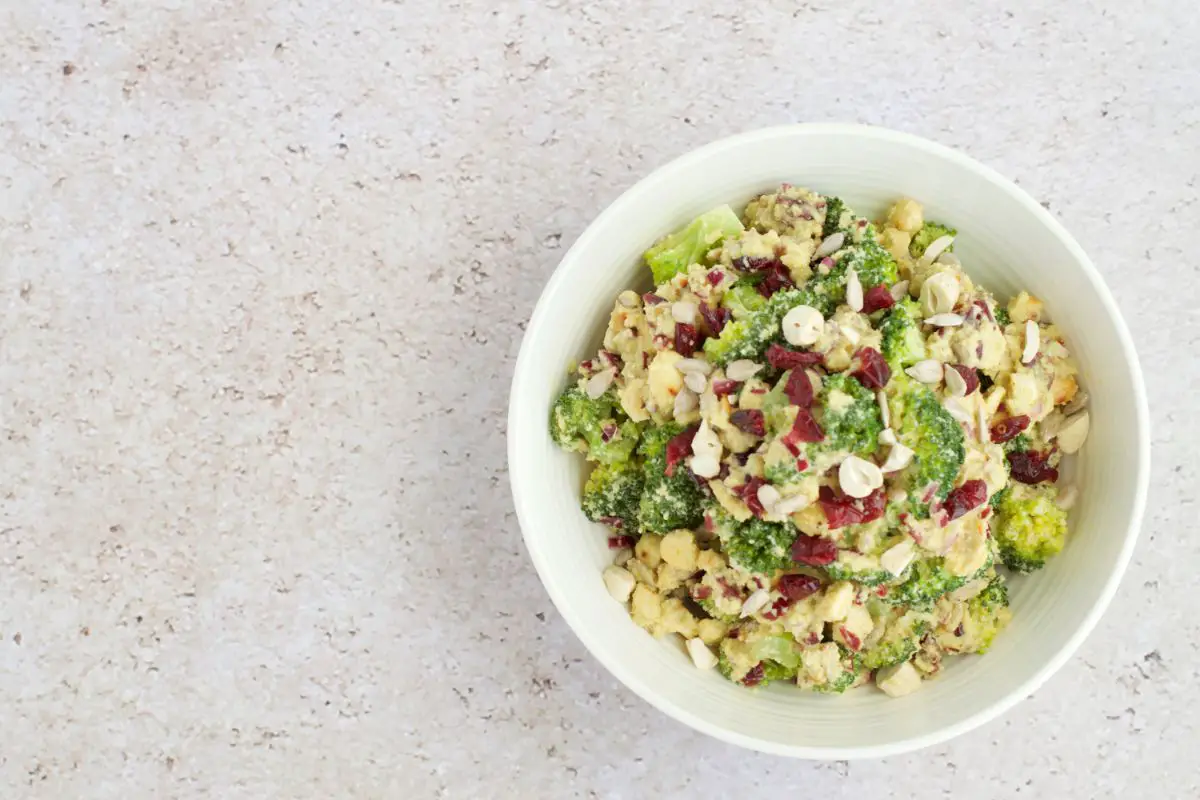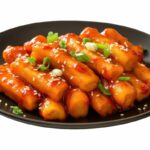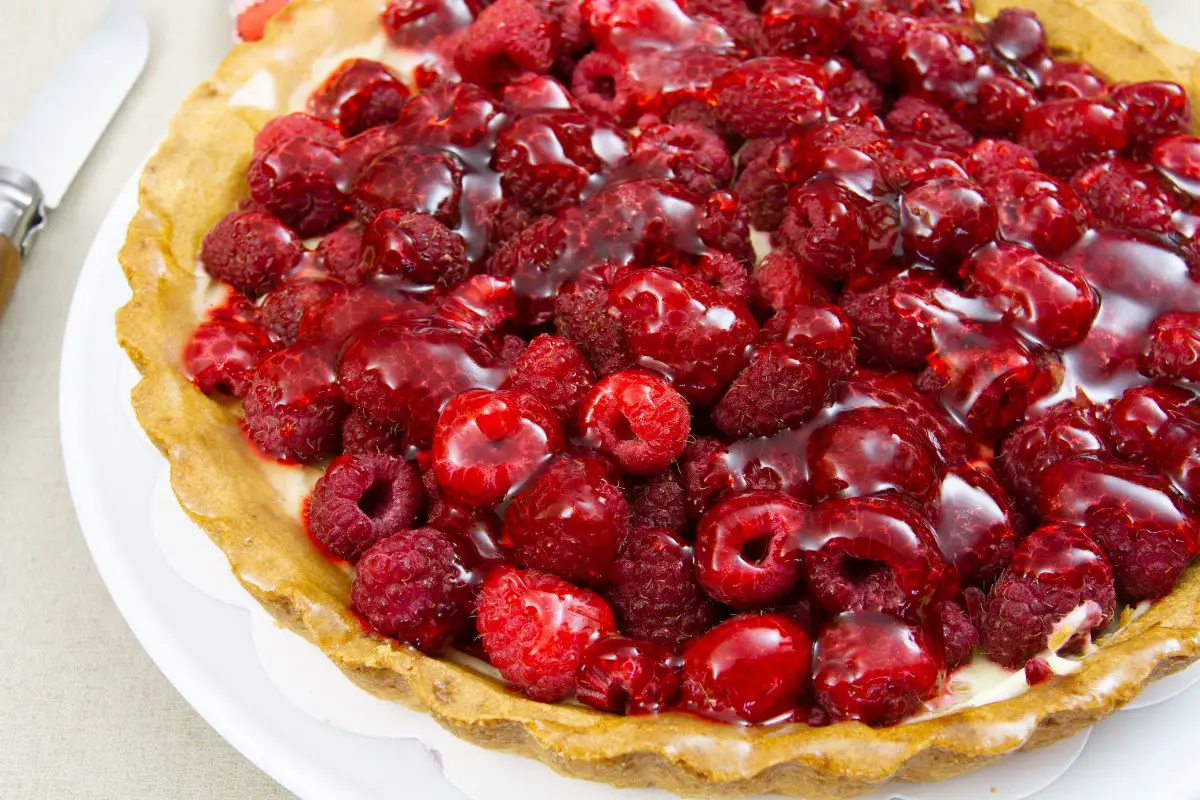Hey there, sweet tooth enthusiasts! Have you ever found yourself daydreaming about a world where every meal ends on a sweet note?
Well, you’re in for a treat – literally! In this delightful compilation, we’re diving headfirst into the delicious realm of Vietnamese desserts.
From the comforting embrace of steamed cakes to the playful textures of dumplings and the refreshing allure of sweet soups, these recipes offer a symphony of flavors that paint a vivid picture of Vietnamese culinary artistry.
Imagine indulging in the velvety richness of Bánh Flan, the intricate layers of Bánh Bò Nướng, or the chewy goodness of Bánh Gai.
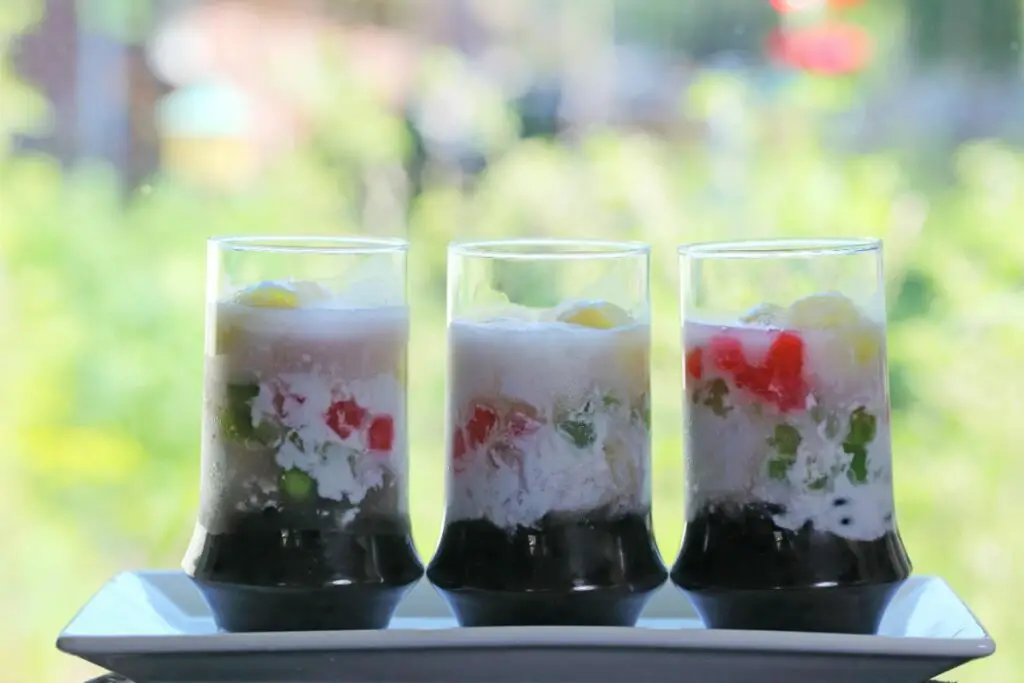
If you’re a fan of dumplings, we’ve got you covered with crispy Bánh Cam and savory Bánh Tét. For those with a preference for soups and puddings, explore the tropical bliss of Chè Chuối and the multi-layered beauty of Chè Ba Màu.
Whether you’re aiming to impress guests or simply treat yourself, these recipes offer a taste of Vietnam’s diverse dessert culture. So, tie on your apron, roll up your sleeves, and let’s dive into the kitchen together to create these delectable Vietnamese treats.
Get ready to be transported to Vietnam, one delicious dessert at a time.
Steamed And Layered Cakes
1. Bánh Flan (Vietnamese Creme Caramel)
The first recipe on our list is this Vietnamese creme caramel. This is a silky-smooth Vietnamese version of creme caramel. Its luscious caramelized top gives way to a creamy custard beneath, creating a perfect balance of sweetness.
Cooking Tip: Achieve the ideal texture by gently steaming the custard, ensuring a velvety consistency. Experiment with the caramelization time for a personalized touch.
Pairing Dish: Serve this flan dessert with a sprinkle of toasted coconut flakes to add a delightful crunch that compliments its smoothness.
2. Bánh Bò Nướng (Vietnamese Honeycomb Cake)
Bánh Bò Nướng, or Vietnamese Honeycomb Cake, is a steamed, spongy delicacy with a unique honeycomb pattern. Its texture is both airy and chewy, making it a true indulgence.
Cooking Tip: You can achieve the honeycomb effect by incorporating a mixture of baking powder and soda for the perfect rise. Be patient when steaming for that fluffy consistency.
Pairing Dish: Enjoy Bánh Bò Nướng with a side of Vietnamese iced coffee to balance its sweetness with the bold, aromatic coffee flavor.
3. Bánh Da Lợn (Steamed Layer Cake)
This next recipe is for a striking steamed layer cake with alternating green and white layers. The cake’s chewy texture comes from its use of tapioca starch and mung bean.
Cooking Tip: Achieve distinct layers by steaming each portion separately, ensuring vibrant colors and a perfect texture.
Pairing Dish: A hot cup of jasmine tea makes the perfect complement for Bánh Da Lợn, enhancing the cake’s subtle flavors.
Dumplings And Fritters
4. Bánh Cam (Sesame Balls)
Bánh Cam, or sesame balls, are deep-fried glutinous rice balls filled with sweet mung bean paste, offering a delightful combination of crispiness and chewiness.
Cooking Tip: Ensure a crispy exterior by maintaining consistent oil temperature during frying. Experiment with different sesame seed coatings for added texture.
Pairing Dish: We find that a side of refreshing pandan leaf tea balances the richness of the sesame balls perfectly.
5. Bánh Gai (Sticky Rice Cake With Black Sweet Rice)
Bánh Gai is a sticky rice cake wrapped in banana leaves and features the earthy goodness of black sweet rice. Its chewy texture and aromatic flavor make it a delightful treat.
Cooking Tip: The dish’s signature vibrant color is achieved by infusing the sticky rice with butterfly pea flower extract.
Pairing Dish: Make sure you have a refreshing glass of coconut water with you while you enjoy these rice cakes, as it really enhances the cakes’ natural sweetness.
6. Bánh Tét (Sticky Rice Cake With Green Beans)
Bánh Tét, a must-have during the Lunar New Year, is a sweet, sticky rice cake filled with layers of green beans, coconut shreds, lotus seeds, and banana attar. It symbolizes good fortune and unity.
Cooking Tip: Get a harmonious blend of flavors by making sure you marinate the power with a balance of soy sauce, garlic, and five-spice powder.
Pairing Dish: Serve Bánh Tét with pickled vegetables for a delightful contrast of flavors and textures.
7. Bánh Pía (Vietnamese Mooncake)
The next recipe on our list is a flaky pastry with sweet mung beans and lotus seed paste. Bánh Pía offers a delightful mix of textures and flavors and is a must-have for any Vietnamese spread.
Cooking Tip: You can ensure a flaky crust by using a combination of lard and butter in the pastry.
Pairing Dish: Enjoy Bánh Pía with a cup of hot herbal tea in order to let the delicate flavors of the moon cake shine.
Sweet Soups And Puddings
8. Chè Chuối (Banana And Tapioca Pudding)
Chè Chuối is a sweet soup that features bananas, tapioca pearls, and coconut milk, creating a comforting and flavorful dessert.
Cooking Tip: Simmering the bananas until they’re tender is the best way to ensure perfect, silky consistency.
Pairing Dish: Serve Chè Chuối with a scoop of coconut ice cream for a delightful tropical twist.
9. Chè Thạch Rau Câu (Agar Jelly Dessert)
Chè Thạch Rau Câu is a colorful dessert featuring layers of agar jelly, tropical fruits, and coconut milk, offering a refreshing and visually appealing treat.
Cooking Tip: Experiment with different fruit combinations to add a burst of freshness to the dessert.
Pairing Dish: Enjoy Chè Thạch Rau Câu with a side of lycée sorbet.
10. Chè Đậu Xanh (Sweet Mung Bean Soup)
Chè Đậu Xanh is a smooth mung soup with coconut milk and tapioca pearls, offering a comforting and satisfying sweet treat.
Cooking Tip: Achieve a creamy texture by simmering the mung beans until they’re soft and easily mashed. Experiment with the level of sweetness to suit your taste.
Paring Dish: Pair Chè Đậu Xanh with a side of sesame mochi for a delightful combination of texture.
11. Chè Ba Màu (Three Color Dessert)
The final recipe on our list is the aesthetically pleasing Chè Ba Màu, also known as Three Color Dessert. This dessert calls for ice slush, jelly bites, and a contrast of soft beans.
Top this with a layer of rich coconut sauce, and you have yourself an incredible finale to your meal.
Cooking Tip: Give yourself plenty of time to make this dish because the mung beans need to be soaked for at least 4 hours, if not overnight.
Pairing Dish: Serve this dessert alongside an iced Vietnamese coffee to complement the sweet flavors of the Che Ba Mau with the aromatic notes of the coffee.
Final Thoughts
As we wrap up this delightful excursion through the vibrant world of Vietnamese desserts, we find ourselves immersed in a symphony of flavors that celebrate the rich culinary heritage of Vietnam.
From the velvety indulgence of Bánh Flan to the crispy perfection of Bánh Cam, each recipe tells a story of tradition, innovation, and the unmistakable sweetness that binds generations.
Imagine savoring the pillowy layers of Bánh Bò Nướng, feeling the crunch of sesame seeds in every bite of Bánh Pía, or relishing the comforting warmth of Chè Đậu Xanh.
The kitchen becomes a portal to the heart of Vietnamese culture, where every dish is a testament to the meticulous craftsmanship passed down through time.
Whether you’re craving the tropical allure of Chè Thạch Rau Câu or seeking the perfect treat for the Lunar New Year with Bánh Tét, these recipes offer a delectable voyage into the heart of Vietnamese culinary arts.
So, gather your ingredients and let the enticing aroma of these desserts transport you to the bustling streets of Hanoi or the serene landscapes of Da Nang. Happy cooking, and may your kitchen always be filled with these sweet Vietnamese flavors.
FAQs
In general, Vietnamese food doesn’t have any specific bold tastes the way that other cuisines might. The majority of Northern Vietnamese foods are light and balanced, with a combination of a lot of different ingredients.
A traditional Vietnamese diet is pretty healthy due to the emphasis on rice, vegetables, and fish. As well as this, most of the time, food is either steamed or stir-fried, which are significantly healthier methods of cooking compared to others, such as deep-frying.
Vietnam was recently named the world’s most affordable country for tourists, thanks to the incredibly low cost of living, particularly in comparison to the USA. In fact, according to Numbeo, the cost of living in Vietnam is 46% lower in Vietnam when compared to the United States.
This means that if you’re looking for a cheap most to travel to and visit, Vietnam could be a great option. Although there are upscale restaurants that are more familiarly priced, the majority of local restaurants, coffee places, and street vendors are surprisingly cheap.
The 11 Tastiest Vietnamese Dessert Recipes
Course: Other Recipes4
servings30
minutes40
minutes300
kcalIngredients
Directions
- Choose a recipe
- Gather your ingredients
- Prepare your dessert
- Grab a spoon!
Recipe Video
https://www.youtube.com/watch?v=FykPB9qRBNMVideo can’t be loaded because JavaScript is disabled: Top 5 Vietnamese Desserts That Will Make You SALIVATE! (https://www.youtube.com/watch?v=FykPB9qRBNM)- 16 Martha Stewart Baking Recipes You Have To Try - May 29, 2024
- 19 Of The Best Martha Stewart Cake Recipes Ever - May 28, 2024
- How To Make A Tasty Ina Garten Red Velvet Cake At Home - May 24, 2024

